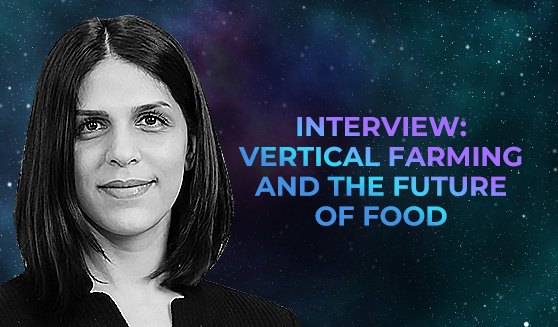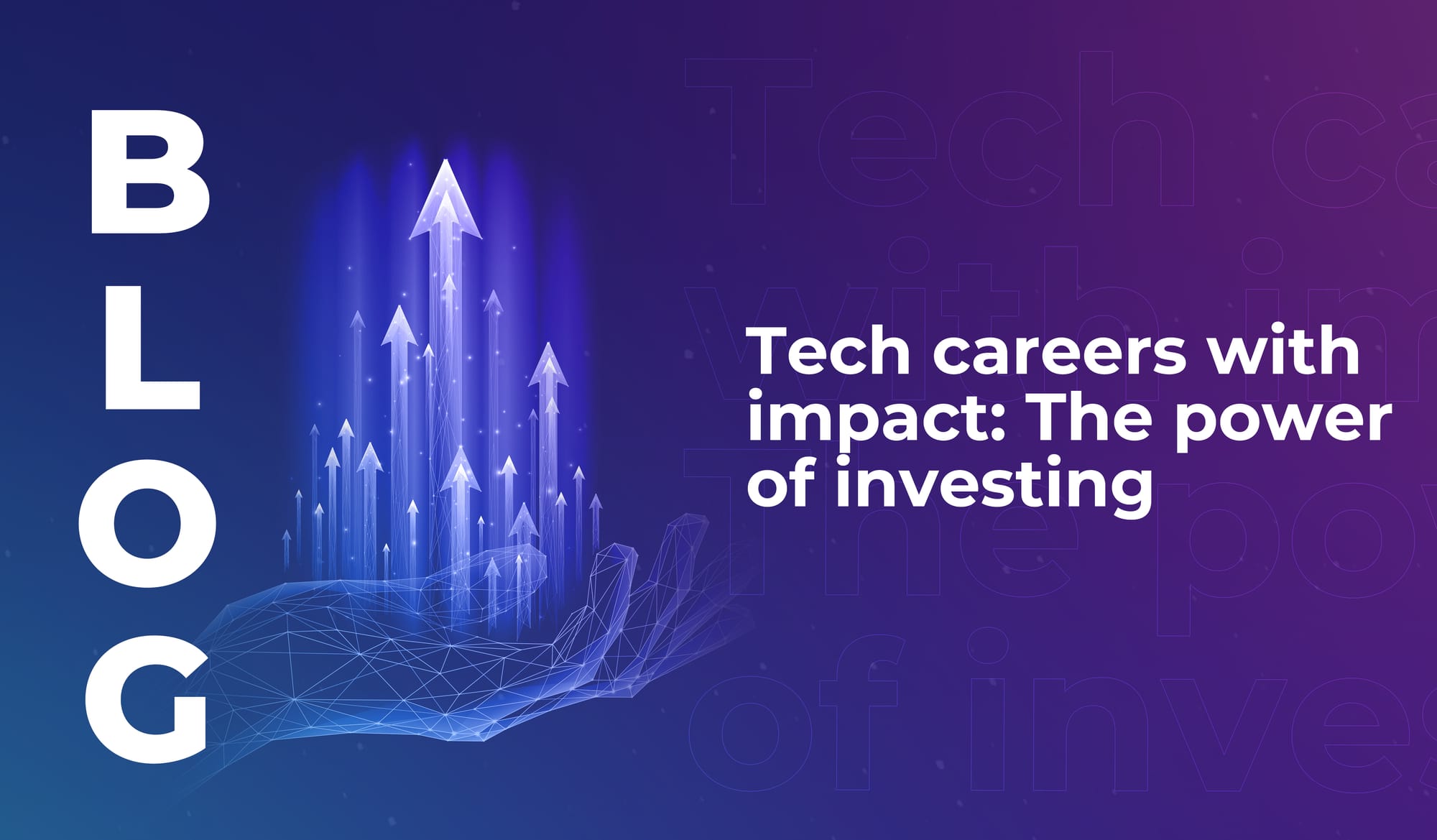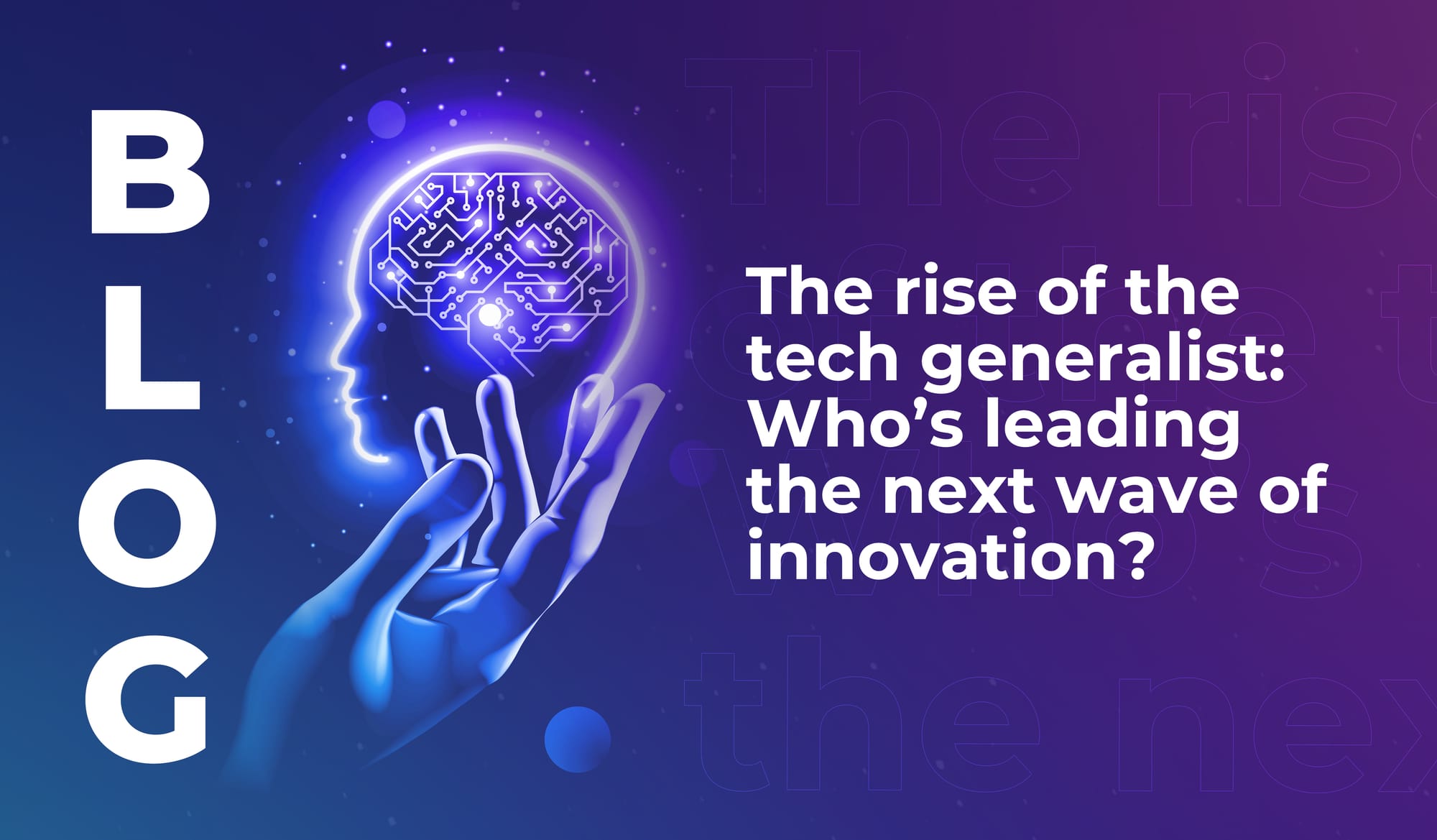
What makes a city ready for a smart future?
Discover the cities that rank highly for smart city preparedness, and learn why locally relevant innovation is more important than cutting-edge tech.


Food tech isn’t just exciting. It’s essential. Right now, 43 million people in 38 countries are at risk of a severe hunger crisis or famine, according to data published by Action Against Hunger. The United Nations’ Food and Agricultural Organisation found that nearly one in three people (2.37 billion) didn’t have access to adequate food in 2020 – up by a staggering 320 million people from the previous year.
As the number of human beings in the world continues to grow, tech-driven food production is the only way we can create food security for more of the world’s population. And there won’t be just one standout technology that solves everything; it’ll be a confluence of a diverse variety of solutions, each chipping away at some part of the problem.
One of those solutions is vertical farming. Arnavaz Schatten (Director of Sustainability at Infarm) will join us as a speaker #LEAP23 – so we asked him to share his perspective on vertical farming and the future of food.
“Agriculture and food systems are the major driving forces behind the breach of our planetary boundaries that safeguard biodiversity, climate and the natural cycles of nitrogen and phosphorus. In addition to decoupling food production from ecosystem destruction, we need to make our food systems climate-resilient to a new level, making food security a realistic prospect, and breaking the dependence of our food on favourable climate or geopolitical conditions.
“Vertical farming is one of the promising solutions to achieve this as it allows growing food without soil and chemical pesticides, and requires about 95% less water and land than traditional agriculture. Especially in urban areas, where 70% of the global population will live by 2050, this way of growing food will ensure sufficient access to fresh, nutritious food for the majority of people.”
“Data is essential to Infarm – you could even say, Infarm has grown on data. Data informs our crop improvements and influences our business strategy and of course the way we grow our plants.
“We call this intelligent farming. We can minimise the resources used by giving the plants only what they need to maximise their yield. So far, we’ve collected over 100 billion data points with our modular software platform, which monitors, controls and operates our cloud-connected farming network that incorporates AI and machine learning.
“The data we collect from our farms also feeds into our sustainability strategy and activities, for example for monitoring water savings and waste management.”
“When compared to open-field farming, vertical farming’s climate footprint and reliance on energy are the topics that are most often discussed. But it’s not enough to just look at that – we need to start thinking about and acting on our food system challenges more holistically. Land and soil degradation, biodiversity loss, depletion of freshwater resources, pesticide and fertiliser runoff, the thousands of miles that our food travels, supply chain disruptions and weather shocks – all of this should form part of the picture when comparing vertical farming with other ways of growing food.
“That being said, the idea behind vertical farming is not to replace traditional agriculture – it’s to supplement and improve it, make it more efficient, more urban and more resilient. In the face of the global crises that form our reality today, we will need many more and many different ways of producing and distributing food. And we enjoy being part of the revolution of our food systems.
“By setting Science Based Targets we are almost halving our emissions by 2030 and committing to being net-zero by 2045. We’ve made it clear that reducing, mitigating and ultimately removing residual emissions is a key part of Infarm’s future strategy. Our actions will prioritise areas that would create the greatest impact, such as sourcing renewable and low-carbon energy, making our climate-control systems more efficient, improving our crop efficiency, and – importantly – working in partnership with our suppliers, customers and partners to mitigate the impact of upstream and downstream activities and decarbonising the entire value chain to the maximum extent possible.”
“This year we’ve made incredible progress in driving our sustainability agenda forward. With the release of our first Impact Vision Paper in June, we defined our “Big Four” – local production and urban farming, land use and biodiversity, carbon and energy, and water – as our focus areas, and we set ambitious targets and commitments for each area to 2025 and 2030.
“In November, we became the first vertical farming company to submit science-based targets to the Science-Based Targets initiative, which put us on a clear pathway to becoming net-zero by 2045. We also received B Corp™ certification, underlining our position as a purpose-driven company.
“Infarm was one of the thought leaders and co-hosts of the first-ever Food Systems Pavilion at COP27 which finally put food front and centre on the COP agenda.
“And last but not least, we successfully trialled the growing of wheat in a controlled environment, providing a proof of concept that enables us to commercialise indoor wheat within the decade, with immense opportunities for food security and sustainability.”
Thanks to Arnavaz Schatten at Infarm. Join us at #LEAP23 to learn more.

Discover the cities that rank highly for smart city preparedness, and learn why locally relevant innovation is more important than cutting-edge tech.

If you’ve ever thought about becoming a tech investor, read this – learn why investors are the quiet force shaping the future of the industry.

Tech generalists will enable emerging technologies to integrate across industries and societies in meaningful ways. We still need specialists – but we also need big-picture people.

Discover the cities that rank highly for smart city preparedness, and learn why locally relevant innovation is more important than cutting-edge tech.

If you’ve ever thought about becoming a tech investor, read this – learn why investors are the quiet force shaping the future of the industry.

Tech generalists will enable emerging technologies to integrate across industries and societies in meaningful ways. We still need specialists – but we also need big-picture people.